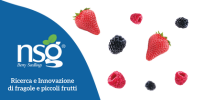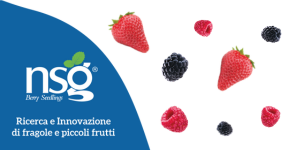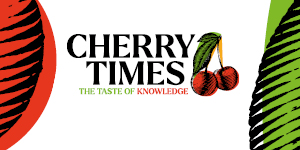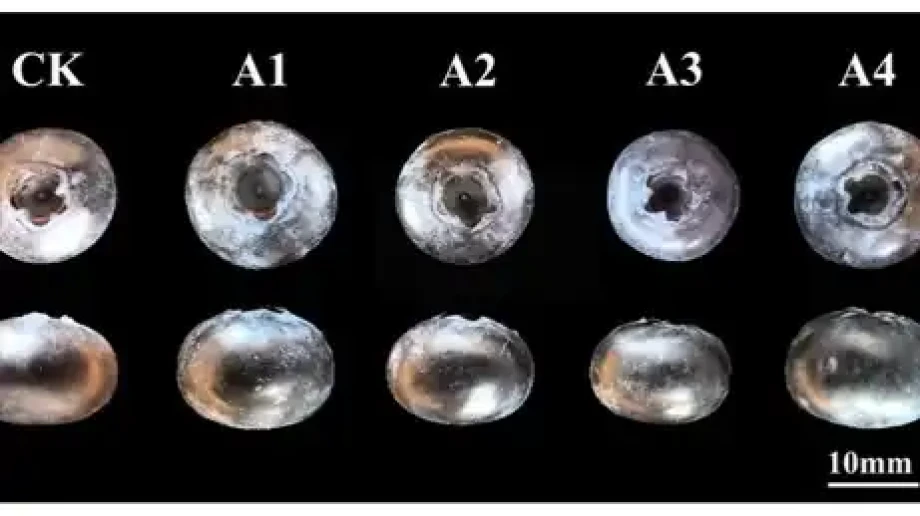Pollination is a key factor in fruit development and quality, especially in small fruits such as blueberries, where it affects not only yield but also the fruit’s morphological and cytological characteristics.
Although numerous studies have shown that cross-pollination improves yield and size, little is known about its microscopic effects, particularly regarding the cellular structure of the fruit.
A recent study on the 'Reka' variety provides new analytical insights, investigating how pollen from different male varieties influences cell formation and the morphological traits of the fruit.
Pollination and morphological development of the fruit
The research examined five treatments: self-pollination of 'Reka' (control, CK) and crosses with 'Northland', 'Northblue', 'Blomidon', and 'Toro'.
Morphological observations revealed significant differences among treatments in peduncle diameter, calyx width, and number of seeds per fruit.
In particular, the cross with 'Northland' produced fruits with more prominent peduncles and a higher seed count, while 'Toro' showed good stability in overall fruit size.
Transverse and longitudinal diameter as well as fruit weight were significantly influenced by the pollen used.
The combinations with 'Northblue' and 'Blomidon' resulted in smaller fruits and lower weight, while self-pollination and the cross with 'Toro' achieved more satisfactory results.
However, the shape index (ratio between longitudinal and transverse diameter) remained substantially unchanged among treatments, indicating that different pollinations affect size but not the typical fruit shape.
 Figure 1. Effects of different pollination treatments on blueberry fruit size; different lowercase letters indicate significant differences among treatments (p < 0.05). (A) Analysis of fruit transverse diameter under different pollination treatments. (B) Analysis of fruit longitudinal diameter. (C) Analysis of fruit shape index. (D) Analysis of single fruit weight.
Figure 1. Effects of different pollination treatments on blueberry fruit size; different lowercase letters indicate significant differences among treatments (p < 0.05). (A) Analysis of fruit transverse diameter under different pollination treatments. (B) Analysis of fruit longitudinal diameter. (C) Analysis of fruit shape index. (D) Analysis of single fruit weight.
Cytological analysis: structural differences in cellular tissues
Through paraffin sections and microscopic observations, researchers analyzed cellular changes in different fruit tissues, divided into epidermis, outer mesocarp, middle mesocarp, inner mesocarp, and endocarp.
The most notable differences were found in the inner mesocarp, where all cross-pollinations resulted in a significant increase in cell height compared to self-pollination.
In the 'Blomidon' treatment, the cells appeared more disorganized and less intact, unlike the 'Toro' cross, which maintained a good cellular structure.
'Madion' pollen, on the other hand, produced smaller and denser cells, factors potentially associated with greater fruit firmness and improved postharvest storage and transport properties.
Histological observations also highlighted how different pollen sources affect the number of cells in various tissues.
For example, fruits resulting from pollination with 'Northland' showed fewer cells in the epidermis and outer mesocarp compared to self-pollination.
This suggests a relationship between pollen genetics and the processes of cell division and enlargement, which are crucial in fruit formation.
 Figure 2. Observation of epidermal cells under different pollination treatments; (A–E) show epidermal cells treated with CK, A1, A2, A3, and A4, respectively. Images were taken at 100× magnification.
Figure 2. Observation of epidermal cells under different pollination treatments; (A–E) show epidermal cells treated with CK, A1, A2, A3, and A4, respectively. Images were taken at 100× magnification.
Cell distribution and shape: impact on final fruit quality
Beyond size, a significant variation was observed in the spatial distribution and integrity of cells.
Fruits pollinated with 'Blomidon' displayed more disorganized cells in the middle mesocarp, while those resulting from 'Toro' showed greater compactness and structural consistency.
These cytological aspects directly affect fruit firmness and resistance to postharvest handling.
The analysis of the endocarp showed that, in fruits treated with 'Northblue' and 'Toro' pollen, cells were narrower but had a surface area similar to the control.
Variation in cell shape may influence the structure of the cell wall, and therefore fruit crispness and juiciness—key factors for fresh market acceptability.
Correlations between cell structure and morphological parameters
An important part of the study involved analyzing correlations between 25 morphological and cytological parameters.
Self-pollination showed a negative correlation between endocarp width and fruit weight, while the crosses with 'Northland' and 'Madion' reversed this trend, showing a positive correlation.
This suggests that cross-pollination can alter internal fruit dynamics, increasing the number or size of cells associated with weight.
Some combinations, such as 'Reka' × 'Toro', showed strong positive correlations between the number of cells in the outer mesocarp and fruit weight.
The size of the epidermis also affected fruit length, with wider cells associated with longer fruits, particularly in treatments with 'Northblue'.
Practical implications and future perspectives
The results suggest that the choice of pollinizer variety should not rely solely on floral compatibility or seed production, but also on the microscopic effects on fruit cell structure.
A better understanding of the xenia effect could guide more targeted agronomic practices, enhancing not only yield but also the organoleptic and storage quality of blueberries.
Looking ahead, further exploration of the interactions between pollen genetics, plant hormones, and the physiological mechanisms of fruit development could open new paths in varietal breeding.
Moreover, the application of advanced imaging and cell analysis techniques could provide new tools to predict fruit quality performance based on the type of pollination adopted.
Conclusions
The study highlighted that cross-pollination significantly influences not only fruit size and weight but also its cellular structure.
The variations observed across the different fruit layers, from the epidermis to the endocarp, confirm that pollen acts as a regulator of cell development, directly impacting commercial quality.
Selecting suitable pollinizer varieties can thus become a strategic tool for improving blueberry quality and strengthening the competitiveness of farms focused on the fresh and export markets.
Text and image source: Lu, C.; Liu, D.; Liu, J.; Li, K.; Wang, X.; Li, J.; Wu, L.; Wang, Y.; Li, Y. Effects of Different Pollination Treatments on the Appearance and Cell Development Characteristics of Blueberry Fruit. Plants 2025, 14, 3341. https://doi.org/10.3390/plants14213341












